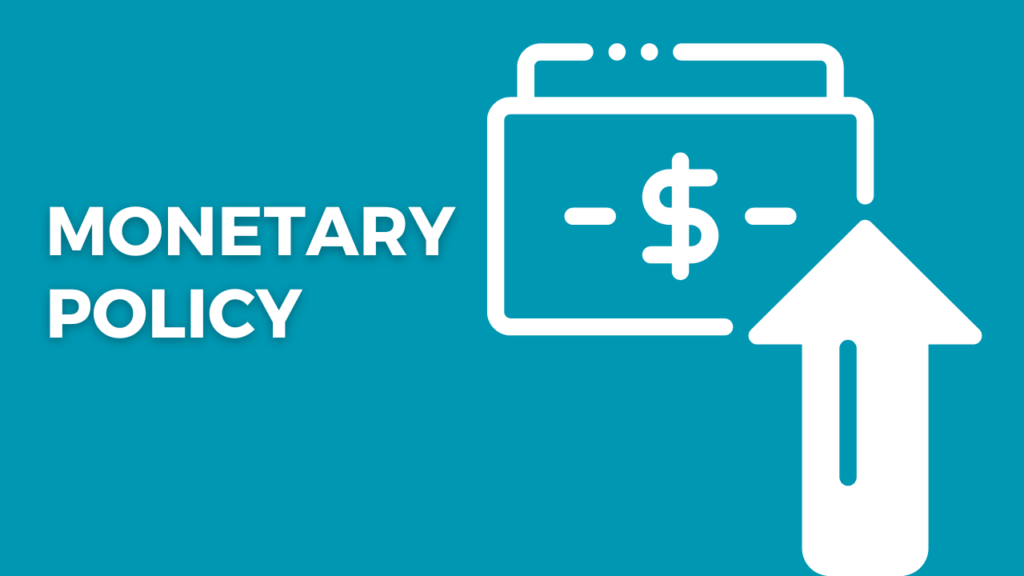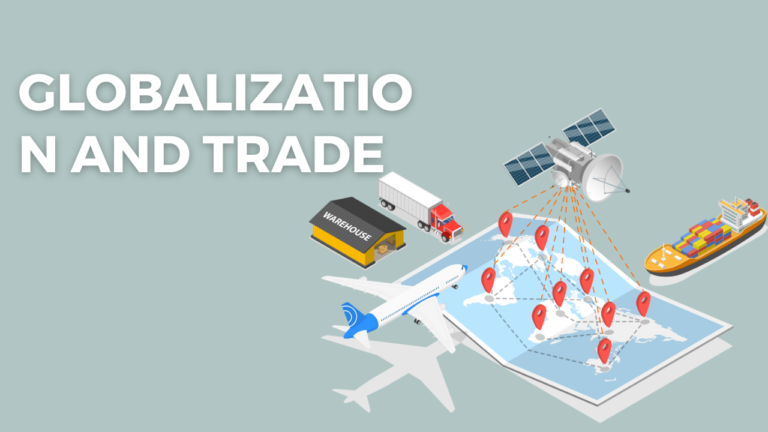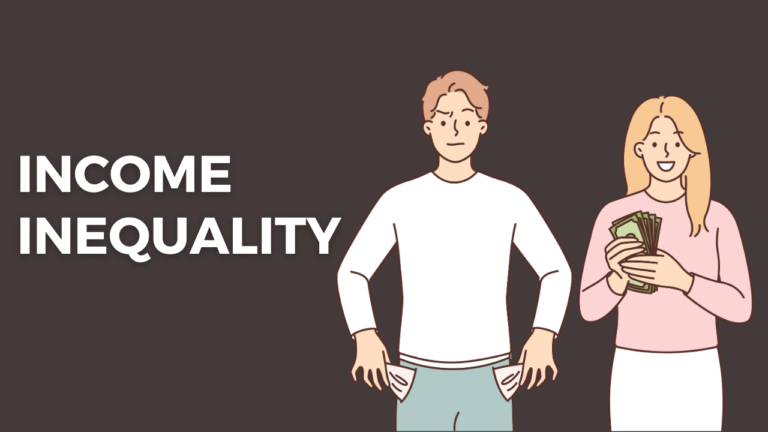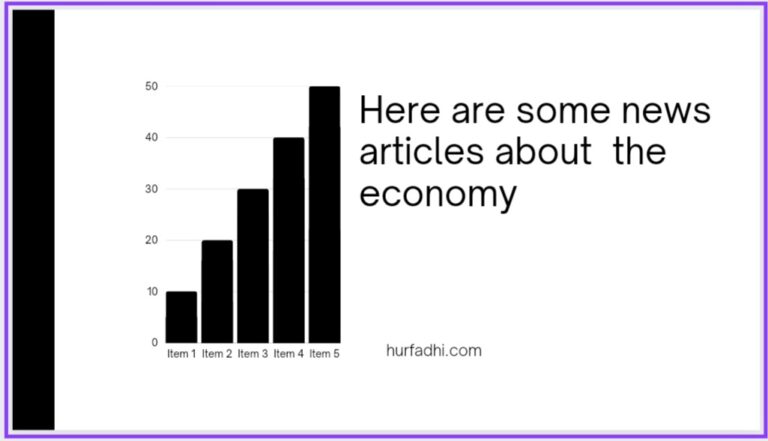Monetary Policy

Monetary policy refers to the actions and strategies that a country’s central bank takes to control and manage the money supply and interest rates in the economy. The primary goal of monetary policy is to achieve macroeconomic objectives such as price stability, full employment, and sustainable economic growth. Central banks use various tools and techniques to influence the economy through their control over the money supply and interest rates.
Here are some key concepts and tools related to monetary policy:
- Interest Rates: Central banks can influence the overall level of economic activity by adjusting short-term interest rates. By raising or lowering interest rates, they can influence borrowing costs for individuals and businesses, which in turn affects spending and investment.
- Open Market Operations: Central banks conduct open market operations by buying or selling government securities in the open market. When they buy securities, they inject money into the economy, leading to lower interest rates. When they sell securities, they absorb money from the economy, leading to higher interest rates.
- Reserve Requirements: Central banks can require commercial banks to hold a certain percentage of their deposits as reserves. By changing these reserve requirements, central banks can influence the amount of money banks can lend out, thereby affecting the overall money supply.
- Quantitative Easing (QE): In times of economic downturn or financial crisis, central banks may engage in quantitative easing. This involves purchasing large amounts of financial assets, such as government bonds and mortgage-backed securities, to inject liquidity into the financial system and lower long-term interest rates.
- Forward Guidance: Central banks provide forward guidance by communicating their future monetary policy intentions. This can influence market expectations and help guide economic behavior.
- Inflation Targeting: Many central banks adopt an inflation targeting framework. They set a specific target for the rate of inflation and adjust their policy tools to achieve this target. Controlling inflation is often a primary objective of monetary policy.
- Exchange Rates: While not the primary focus of monetary policy for all central banks, some countries with flexible exchange rate regimes consider exchange rates in their policy decisions. Changes in interest rates can impact exchange rates, which in turn affect exports, imports, and overall economic activity.
- Lender of Last Resort: Central banks act as lenders of last resort to provide emergency liquidity to financial institutions facing liquidity crises. This helps prevent systemic financial collapses that could have broader economic consequences.
- Dual Mandate: Some central banks, like the Federal Reserve in the United States, have a dual mandate to promote both price stability (low and stable inflation) and maximum sustainable employment.
- Independence: Central banks are often granted a degree of independence from political influence to ensure that monetary policy decisions are based on economic considerations rather than short-term political goals.
Overall, the implementation of effective monetary policy requires a deep understanding of economic conditions, data analysis, and careful consideration of potential trade-offs between different policy goals. Different central banks adopt different approaches and tools based on their specific economic context and objectives.
Monetary policy refers to the strategies and actions that a country’s central bank (or monetary authority) takes to control and manage the money supply and interest rates in the economy. The primary goal of monetary policy is to achieve and maintain price stability, promote economic growth, and maintain a stable financial system. Central banks use various tools and mechanisms to influence the economy through monetary policy.
Some of the key components of monetary policy include:
- Interest Rates: Central banks have the power to set key interest rates, such as the policy rate or the federal funds rate in the case of the U.S. These rates influence borrowing costs for individuals, businesses, and governments. By raising or lowering these rates, central banks can affect spending, investment, and inflation.
- Open Market Operations: Central banks can buy or sell government securities in the open market. When a central bank buys securities, it injects money into the economy, thereby increasing the money supply. When it sells securities, it absorbs money from the economy, decreasing the money supply.
- Reserve Requirements: Central banks mandate that commercial banks hold a certain percentage of their deposits as reserves. By changing these requirements, central banks can influence the amount of money banks have available to lend, affecting overall lending and money creation.
- Quantitative Easing (QE): This is a tool used by central banks during times of economic crisis. It involves large-scale purchases of financial assets, typically long-term government and private securities. The aim is to lower long-term interest rates and increase money supply to stimulate economic activity.
- Forward Guidance: Central banks provide information and guidance about their future monetary policy intentions. This helps guide market expectations and influences behavior in financial markets and the economy.
- Currency Interventions: Central banks sometimes intervene in foreign exchange markets to influence the value of their currency relative to other currencies. This can impact trade and economic conditions.
- Communication: Clear and transparent communication about the central bank’s policy decisions and intentions is crucial to managing expectations in financial markets and the broader economy.
Monetary policy operates with the recognition that there are trade-offs between its objectives. For example, efforts to stimulate economic growth might lead to higher inflation, while policies aimed at controlling inflation could slow down economic activity.
Different countries and central banks have their own specific mandates, targets, and methods for conducting monetary policy. The effectiveness of monetary policy can vary depending on economic conditions, the structure of the economy, and other external factors.
Overall, monetary policy plays a vital role in influencing a country’s economic health and stability, working in conjunction with fiscal policy (government taxation and spending) to shape the overall economic environment.





